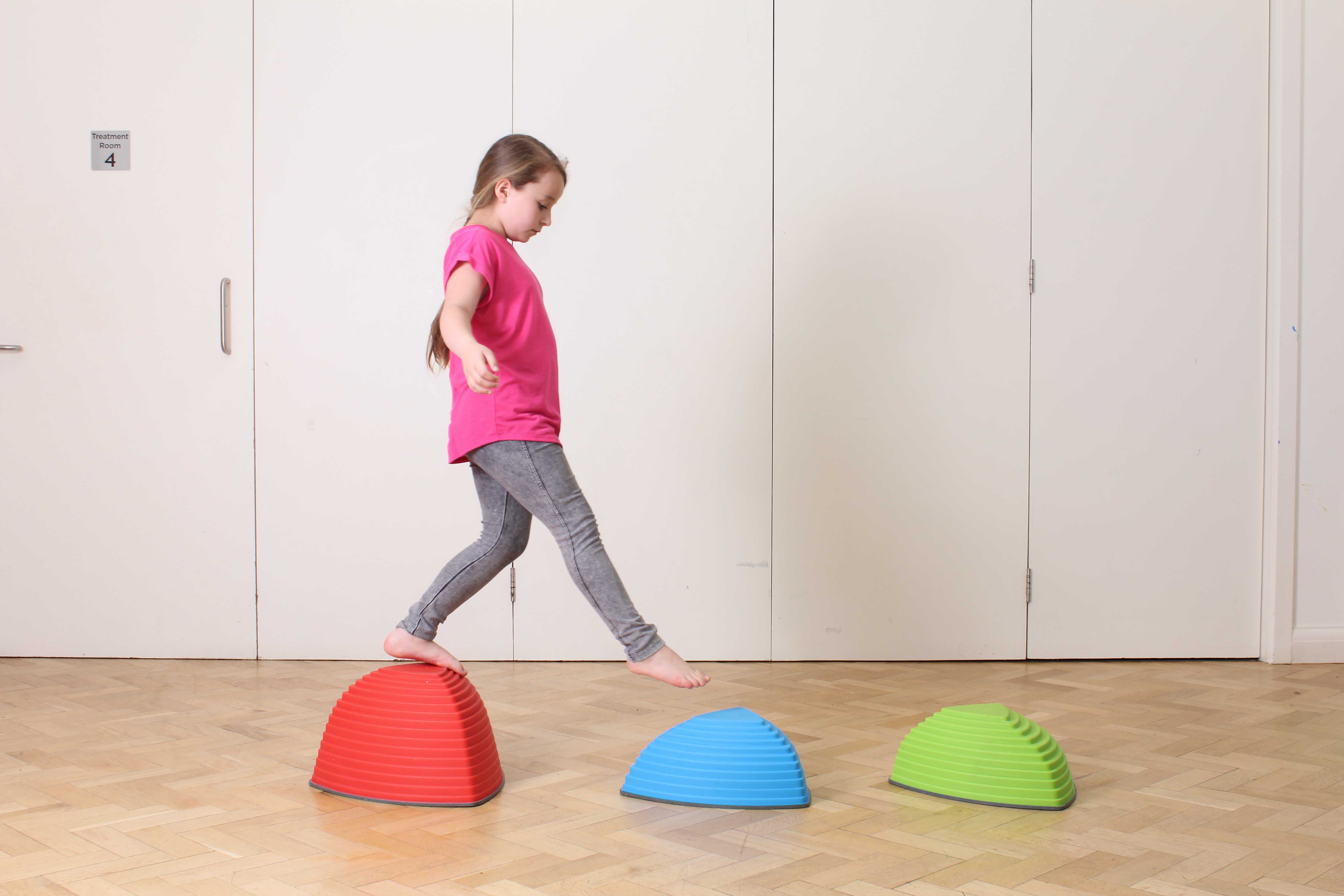What is De Quervain’s tenosynovitis?
De Quervain’s tenosynovitis is an inflammation of the soft tissues surrounding the tendons that move the thumb. Physiotherapy can successfully treat the symptoms of De Quervain’s tenosynovitis.
What causes De Quervain’s tenosynovitis?
De Quervain’s tenosynovitis is an overuse injury (RSI). The tendons of the thumb start above the wrist and reach the thumb by going around a bony bump on the wrist before crossing the wrist joint. Where the tendons pass around the bony bump they can be rubbed against the bone. Repeated rubbing can result in microtrauma. When the body is repairing the microtrauma the tendons will become in-flammed. If the damage is continued the tendons may change and become more susceptible to injury and pain.
 Above: Phtsiotherapist assisted lateral deviation of the wrist stretches
Above: Phtsiotherapist assisted lateral deviation of the wrist stretches What are the symptoms of De Quervain’s tenosynovitis?
De Quervain’s tenosynovitis causes pain and tenderness over the thumb tendons as they cross the top of the wrist joint. The tendons may also become swollen. When the thumb and wrist are moved, crepitus (creaking) of the tendons may be felt or heard. Other symptoms include:
What should I do if I have De Quervain’s tenosynovitis?
De Quervain’s tenosynovitis generally does not get better on its own. Physiotherapy treatment for De Quervian’s tenosynovitis is very important as if it is left untreated, and you continue to use your thumb and wrist, you will make the problem worse. If you have or suspect you have De Quervain’s tenosynovitis, you should consult Physio.co.uk for treatment. In the meantime, you should avoid activities which aggravate or provoke your pain. These may lead to the further rubbing of the tendons and their surrounding tissues against the bone, worsening of your pain and a prolonged recovery.
 Above: filetitle2
Above: filetitle2Physiotherapy for De Quervain’s tenosynovitis
Receiving the right physiotherapy is very important in the treatment of De Quervain’s tenosynovitis. Initially your physiotherapist can assess your problem, diagnose, and establish its severity. From their assessment, your physiotherapist will be able to determine an appropriate treatment plan. This may involve activity modification, the taking of anti-inflammatory medications, electrotherapy and soft tissue treatment such as massage and stretching. Other possible treatments include:
What shouldn’t you I do if I have De Quervain’s tenosynovitis?
If you have or suspect that you have De Quervain’s tenosynovitis, you should not ignore the problem. This can lead to your injury getting worse which may prolong your recovery.
Could there be any long-term effects De Quervain’s tenosynovitis?
With the correct physiotherapy treatment De Quervain’s tenosynovitis does not usually produce any long-term effects. The wrong treatment can lead to ongoing pain at the wrist and a prolonged lay-off from participation.
To arrange a physiotherapy appointment with one of our specialist physiotherapists call Physio.co.uk on 0330 088 7800 or book online.

 0330 088 7800
0330 088 7800


































